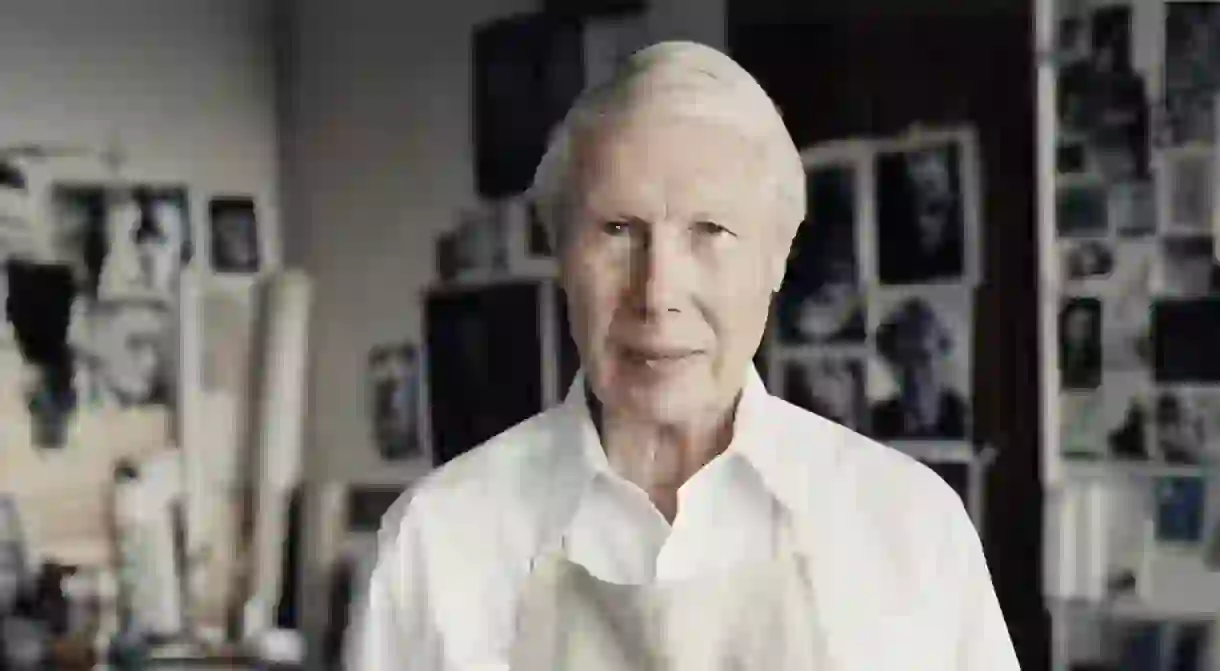Artist Profile: Irish Painter Louis Le Brocquy

A world-renowned artist, Louis le Brocquy is widely regarded as the finest Irish painter of the 20th century. Born in Dublin in 1916, he achieved international acclaim throughout his long life, becoming the first and only living painter to ever be included in the Permanent Irish Collection of the National Gallery of Ireland. He died in 2012, aged 95.
After a time spent studying chemistry at Trinity College, Louis le Brocquy travelled to Europe in 1938 in order to better acquaint himself with the major European artists. Returning home to Ireland, he became one of the founding members of the avant-garde Irish Exhibition of Living Art before moving to London in 1946. Here he achieved much success with his Tinker series of cubist paintings depicting traveller life.

Le Brocquy began to exhibit at the Gimpel Fils gallery in London as well as abroad. In 1956, he represented Ireland at the annual exhibition held by the Venice Biennale arts organisation, where he won a prize for his painting entitled ‘A Family’ (1951), now one of his most recognisable works. Since 2002 it has been part of the Irish collection at the National Gallery of Ireland.

In 1958, le Brocquy was part of the superb Fifty Years of Modern Art exhibition at the first major World’s Fair after World War II, held in Brussels. That year he also got married to the English-born painter Anne Madden, whom he had met in London. Together the couple moved to a home and studio in the south of France, where they lived for many years and had two sons.

He is said to have always been deeply motivated by studying the human condition in his work, as evidenced by his world-famous collection of portraits of the heads of other Irish creatives. Some of the subjects of these works were friends of le Brocquy’s, such as writer Samuel Beckett. In 2003, he was commissioned by the National Gallery of Ireland to create one of Bono.

As well as being a highly regarded painter, le Brocquy had remarkable success as a tapestry designer. Beginning to experiment with designs for weaving in 1948, he later worked with the renowned tapestry-makers Tabard Frères et Soeurs in Aubusson, France. Among his best-known tapestries were the Táin series (1969–1999), based on translations of ancient Irish mythology.
http://instagram.com/p/1BWpGxMMOh/?tagged=louislebrocquy&hl=en
Louis le Brocquy received the Freedom of the City of Dublin award in 2007 in recognition of his contribution to Irish art. As well as in the National Gallery of Ireland, his work can be found in the Guggenheim in New York and in London’s Tate Modern.













